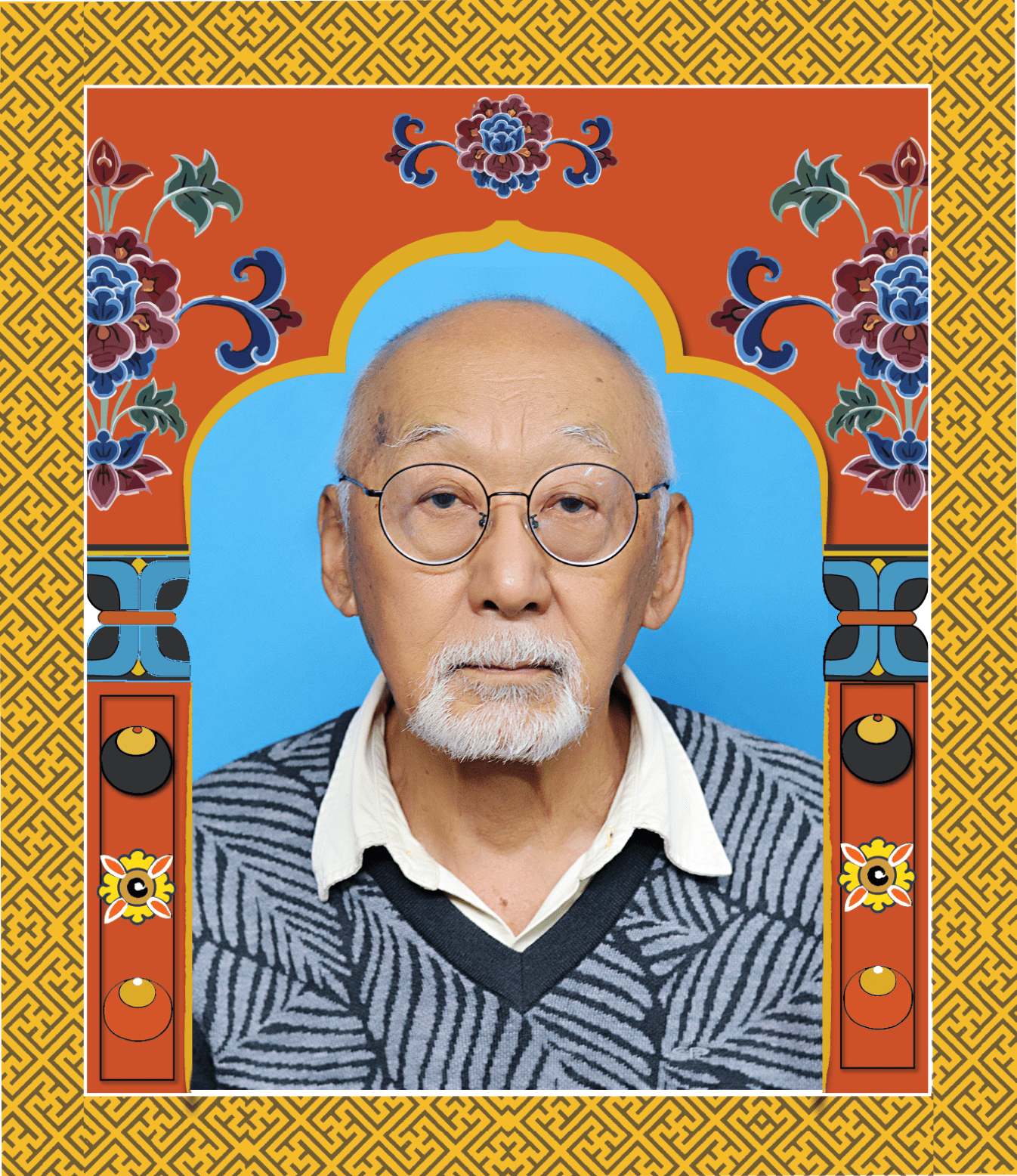Mr. T. J. Tsarong was born in Lhasa, Tibet, and educated in Tibet, India, and the USA. He is the former director of the Tibetan Medical Center in Dharamsala and, in a span of a decade, turned a bankrupt and dying refugee center into one of the most successful of all Tibetan refugee projects in exile. Today, the center and its graduates daily treat about 25,000 patients in various parts of the world.
Mr. Tsarong is an accomplished sportsman and also did a stint of acting in Touchstone’s “Kundun,” directed by Martin Scorsese. In addition, he is the author of four works on Tibetan Buddhist medicine and is presently engaged in his next book, to be entitled “Medical Teachings of Sakyamuni Buddha.” This work will consist of translations and commentaries on three of the Buddha’s direct medical teachings that are found in the Kangyur (the Tibetan version of the Buddhist Tripitaka).
Mr. Tsarong is presently engaged in creating an awareness and interest in the study and preservation of the ancient Buddhist system of medicine. According to Mr. Tsarong, “the ancient Buddhist system of medicine is humankind’s oldest medical culture based primarily upon the dynamic energies of the mind and body. Its origins may be traced to the scientific concepts of the munis and samana-physicians of the Indus Valley Civilization (c. 3000-1900 B.C.). In the sixth century B.C., the Buddha was inducted into the healing culture of the samana-physicians and soon he turned out to be the greatest of all these healers because he not only preserved their medical culture but also ensured their continuity by passing the healing knowledge down to his disciples. In addition, the Buddha took the knowledge of healing into the domain of the mind and thus gave birth to the Buddhist system of medicine. When Buddhist medicine eventually disappeared from the Indian subcontinent, the Tibetans embraced the Buddha-dharma and her scholar-physicians subsequently preserved and developed upon this great medical tradition for the benefit of all humankind.”
